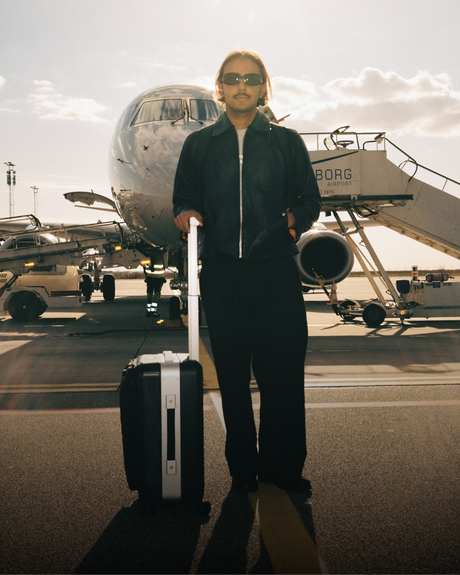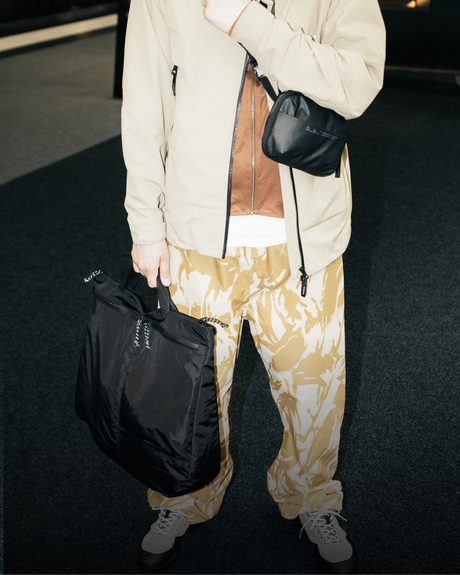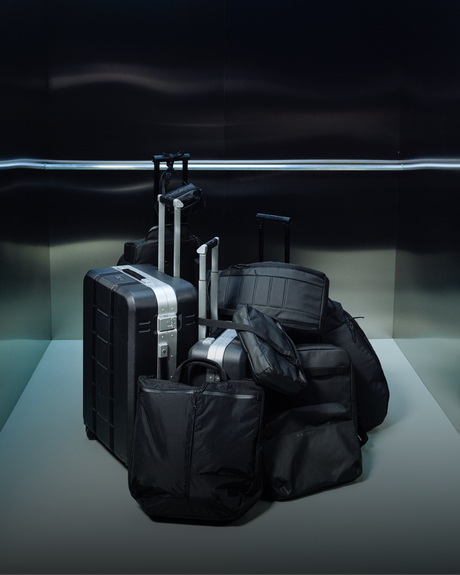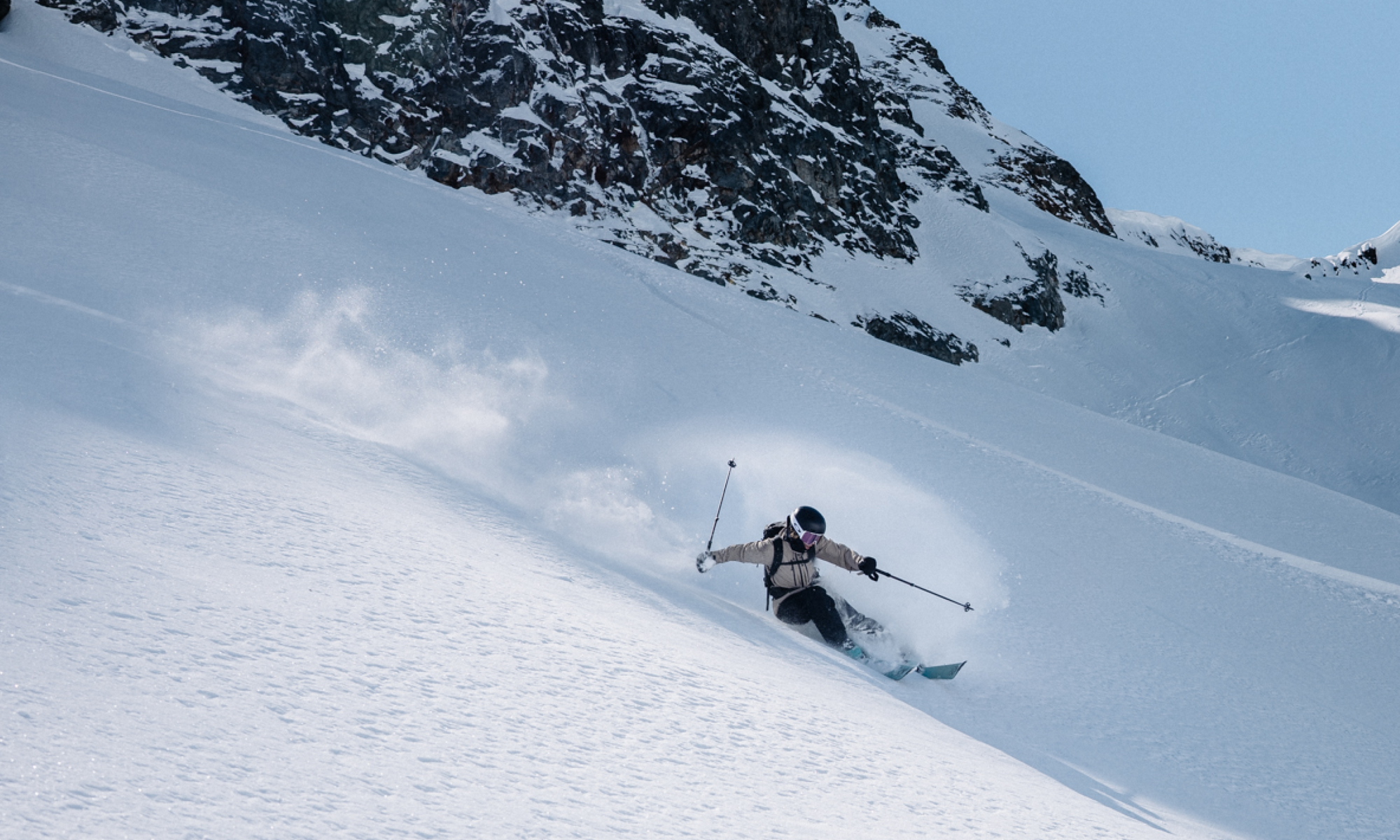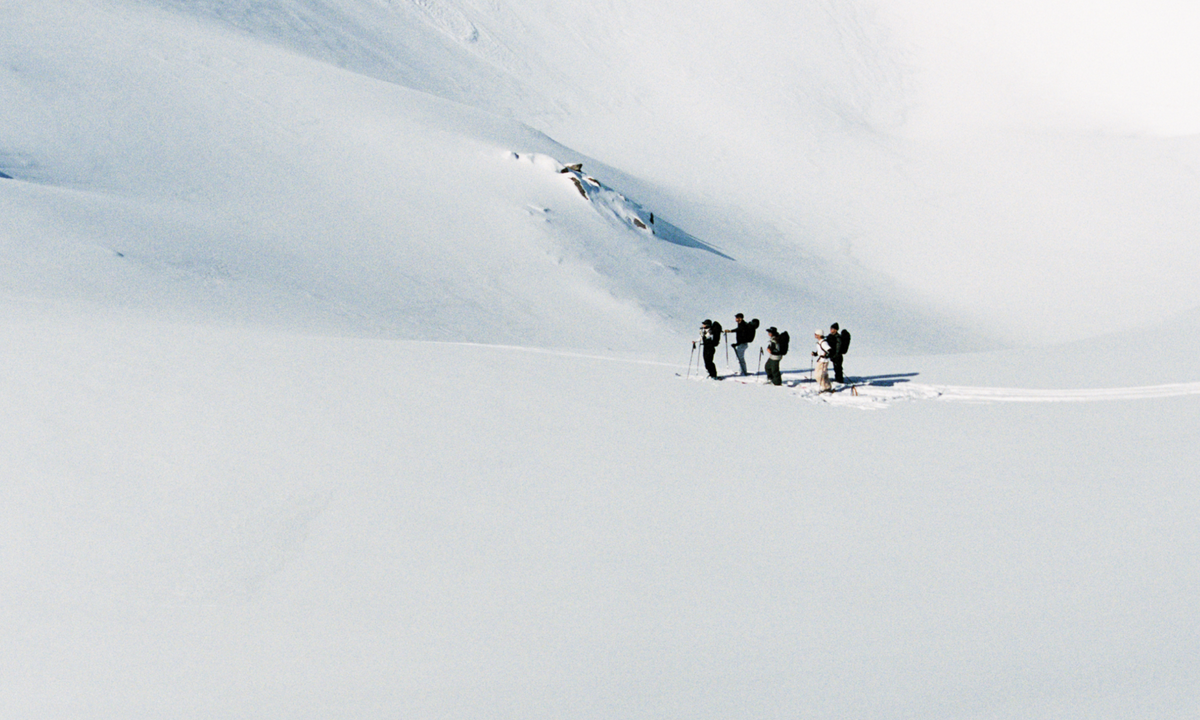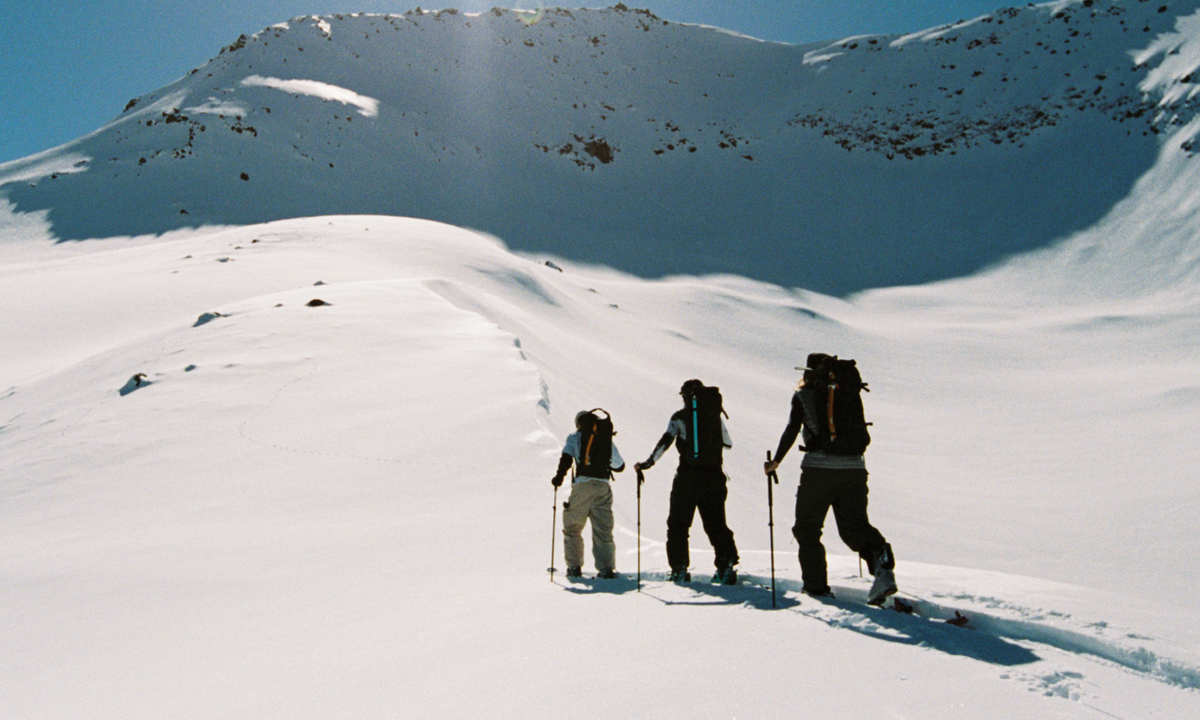Excel at These Advanced Ski Resort Runs.
As an advanced skier you can ride almost any slope, master challenging terrain, and let’s be honest – you’re looking for an adrenaline kick. You have the techniques to handle sweeping turns, ungroomed terrain, and narrow chutes gracefully. This includes dynamic skiing, where you flex and extend your legs while rotating your upper body, and mogul skiing, when you slide over bumps with perfect reflexes and strong legs. Whether you’re a skier or you prefer snowboarding, we’ll guide you through the best ski resorts in the U.S that have hike-to terrain, intense in-bounds and chutes, and steep basins and cirques.
List of the 6 Best Ski Resorts for Advanced Skiers.
Looking for the best black runs in America? We got you covered. In our list of the six best ski resorts for advanced skiers we take you through these parameters.
- Total terrain: The total terrain of the ski resort, including runs and lifts.
- Expert terrain: The percentage of the terrain that’s made up of black (advanced) runs.
- The vertical drop: This indicates the potential of descent and the challenge of the terrain. In other words, the distance you travel downwards while skiing or riding.
- The base elevation: This is the lowest point of the ski resort, namely where the lodging and dining facilities are located. This is the starting point of any alpine adventure.
- Annual snowfall.
- Signature features: We introduce you to the most extreme and/or known terrains, runs, and areas at the ski resort.
Jackson Hole, ![]() Wyoming.
Wyoming.

Total terrain: 5,850 acres
Advanced/expert terrain: 55%
Vertical drop: 4,139 feet
Base elevation: 6,311 feet
Annual snowfall: 424 inches
Signature extreme features: Corbet’s Couloir, Alta Chutes, Cody Peak
Let’s start with the one ski resort on the list that isn’t in Colorado or Utah. Jackson Hole is Wyoming’s pride and located in Teton Village, a bustling ski town. The ski resort is known for its rugged terrain and scenic surroundings. A part of the Rocky Mountains, much of Jackson Hole is made up of expert runs, making it a premium destination for adventurous journeys. The black (advanced) runs are defined by the steep, challenging, and ungroomed terrain.
Notes on advanced black runs at Jackson Hole.
- Corbet’s Couloir: You drop from a height of 10–20 feet into the narrow chute. This is Jackson Hole’s most famous run, which is both steep and narrow.
- Alta Chutes: A series of four fun chutes that will definitely challenge you as you progress from one to the other.
- Cody Peak: Wide-open terrain access via a hike outside of the resort.
- The Hobacks: There are three different descents from this area, which is accessible by tram.
- Moran: Many moguls in this double-black run.
Alta, Utah.

Total terrain: 2,614 acres
Advanced/expert terrain: 55%
Vertical drop: 2,538 feet
Base elevation: 8,530 feet
Annual snowfall: 548 inches
Signature extreme features: Alf’s High Rustler, High Traverse, Greeley Bowl
Alta is perched high in the Little Cottonwood Canyon in the Wasatch Mountains. It’s one of the few resorts in the U.S. that is skiers-only. Known for its light, dry «champagne powder», it receives more snowfall than any other Utah ski resort. Come here for a varied and challenging terrain.
Notes on advanced black runs at Alta.
- Alf’s High Rustler: A significant vertical drop that all expert skiers should try.
- High Traverse: Chutes and bowls accessible by lift.
- High Boy: Famous 45 degree pitch that’s long and straight.
- Greeley Bowl: Expansive bowl area with excellent powder snow conditions.
Snowbird, Utah.

Total terrain: 2,500 acres
Advanced/expert terrain: 67%
Vertical drop: 3,240 feet
Base elevation: 7,760 feet
Annual snowfall: 427 inches
Signature extreme features: Great Scott, Mineral Basin, Peruvian Gulch
Snowbird is located just down the canyon from Alta. It’s known for its alpine skiing and snowboarding opportunities, as well as «the greatest snow on earth». With nearly 70% of terrain designated advanced or expert, Snowbird is an out of this world experience that we urge you to have if you’re really a snow enthusiast. The resort is defined by its high-alpine bowls, steep fall lines, and efficient Aerial Tram access.
Notes on advanced black runs at Snowbird.
- Mineral Basin: Great area for advanced runs.
- Mach Schnell: Fun, but challenging chutes.
- Peruvian Gulch: Varied terrain for advanced skiers.
Aspen, Colorado.

Total terrain: 5,700 acres
Advanced/expert terrain: 51%
Vertical drop: 4,342 feet
Base elevation: 8,040 feet
Annual snowfall: 307 inches
Signature extreme features: Highland Bowl, The Dumps, Hanging Valley Wall
Aspen is a known four-mountain playground consisting of Aspen Mountain, Aspen Highlands, Buttermilk, and Snowmass. They are all located in the heart of the Roaring Fork Valley. While Snowmass holds the largest lift-served vertical, Aspen Highlands is considered the expert epicenter. Much of the terrain is hike-to terrain and perfect for alpine adventures. Think deep powder, ungroomed terrain, tight mountainous turns, and narrow forested runs.
Notes on advanced black runs at Aspen.
- Highland Bowl (Aspen Highlands): Steep descents (38-48 degrees) accessible via a hike.
- The Dumps (Aspen Mountain): Ungroomed mogul runs.
- Hanging Valley Wall (Snowmass): Expert hike-to zones with powder snow.
Telluride, Colorado.

Total terrain: 2,000 acres
Advanced/expert terrain: 55%
Vertical drop: 4,425 feet
Base elevation: 8,725 feet
Annual snowfall: 213 inches
Signature extreme features: Gold Hill Chutes, Palmyra Peak, The Plunge
Telluride is nestled in the San Juan Mountains (part of the Rocky Mountains) and offers a relentlessly steep upper mountain. Here you can expect steep and narrow chutes, alpine basins, and spectacular views. What sets Telluride apart from other ski resorts in Colorado is the combination of extreme in-bounds and hike-to terrain with low crowds and charming town atmosphere. The old mining town offers a less polished ski resort experience.
Notes on advanced black runs at Telluride.
- Gold Hill Chutes: Big mountain terrain accessible by hiking.
- The Plunge: Classic, groomed run for a bump-free descent.
- Dihedral Chute: An expert-only chute requiring control to slide through the tight walls.
- Palmyra Peak: A notoriously difficult hike-to-run choice.
Winter Park, Colorado.

Total terrain: 2,908 acres
Advanced/expert terrain: 57%
Vertical drop: 3,060 feet
Base elevation: 9,000 feet
Annual snowfall: 329 inches
Signature extreme features: Mary Jane Territory, The Cirque
Winter Park, in the Rocky Mountains, is known for its challenging runs. Over half the runs are considered advanced, making it a no-brainer destination for snow lovers. The Mary Jane Territory, in particular, is defined by its signature steep runs and minimal grooming. Its high base elevation contributes to excellent snow quality. And there’s a lot of it!
Notes on advanced black runs at Winter Park.
- Mary Jane Territory: Bumps, pitches, and ungroomed terrain.
- The Cirque Headwall: Double black diamond run – the most extreme and ungroomed terrain at Winter Park.
Après-ski for the Advanced Skier.
You like to work hard and play hard. After an exhilarating time on the peaks, it’s nice to relax and explore the après-ski offer each ski resort has to offer. You want a vibrant, but varied mix of activities. If you travel to Teton Village (Jackson Hole), you can expect a laidback vibe, while Aspen is more polished and definitely a luxurious experience.
Many compare the atmosphere at Telluride as more European, maybe because of the fact that it’s a mountain village that is old world style and less crowded. Either way, you can expect excellent dining experiences, cool watering holes, fun off-mountain activities, and generally a lively atmosphere during peak season in all the ski resorts on the list.
Notes on Costs.
Great minds think alike – and if you’re anything like us, we want to maximize the winter season to the fullest. As advanced skiers, we’re likely to visit several of these Colorado or Utah ski resorts during the ski season. Then it pays off to use a multi-resort pass, or at least plan your trip at least 14 days in advance. Get an overview of cost-related questions below.
Multi-resort pass prices.
We outline an overview of which of the advanced ski resort destinations on our list are linked to which pass below.
Ikon Pass.
- Ski resorts: Jackson Hole, Alta, Snowbird, Aspen, and Winter Park.
- Estimated price: A full Ikon Pass for adults costs $1,329 (2025-2026 season).
Epic Pass.
- Ski resorts: Telluride.
- Estimated price: A full Epic Pass for adults costs $1,121 (2025-2026 season).
Daily lift prices.
If you’re not doing the pass, then the daily prices for lifts vary a lot from resort to resort. You can expect the cost to exceed $300 for the premium destinations. A tip is to get them as early as you can, you will save some bucks when planning in advance.
Jackson Hole.
Estimated peak season window rate for ages 13+ are $210–$250.
Alta.
Estimated peak season window rate for ages 13+ are $190–$220.
Snowbird.
Estimated peak season window rate for ages 13+ are $200–$240.
Aspen.
Estimated peak season window rate for ages 13+ are $230–$410.
Telluride.
Estimated peak season window rate for ages 13+ are $220–$270.
Winter Park.
Estimated peak season window rate for ages 13+ are $170–$320.
Remember Your Gear.
Depending on whether you’re a skier or a rider, you of course need to bring your ski, ski poles, and/or board (if you’re not renting your gear, which is also a nice option). Remember all your accessories as well, from helmets to boots. A nice tip is to pack in a ski gear bag, like the Db Weigh Lighter Helmet Bag.
Clothing is also essential, and comfort is key. Layer up in wool and wrap yourself in a flexible, breathable, and insulating ski jacket and pants combination. That way you stay warm on the slopes without compromising mobility.
Pack it in Db snow bags.
If you’re worried about traveling with ski gear on planes, don’t be. We have the best ski and snowboard bags for air travel, ready for your journey. Some options include a long, compressible ski bag meant to streamline the packing and transport of skis and ski poles.
The spacious Snow Roller has compartments that also provide space for goggles and helmets. Another choice is the Snow Essential Ski Bag with adjustable straps. It’s also available as a snowboard bag.
Get more tips here: How to travel with your ski gear
Choose the Right Ski Resorts for Your Level.
The Ultimate List of the Best Ski Resorts Across America.
In need of inspiration (or motivation) for where to live out your ski or snowboard fantasies? We’ve gathered a complete list of the best ski resorts in the U.S., where you can travel and experience the best snow conditions in the country.
Your Questions Answered.
Advanced Ski Resorts.
When is the best time to visit ski resorts in Colorado or Utah as an advanced skier?
The absolute best time for advanced skiers to visit Colorado and Utah ski resorts is mid-January through mid-March. You will get the deepest, lightest powder snow in January/February, while March offers good chances of deep snow in less harsh temperatures.
Which ski resort has the fastest, most efficient expert lift system?
Snowbird, Utah and Jackson Hole, Wyoming have trams while moving large groups high up in the mountain quickly. They also have high-speed lifts. Ultimately, Jackson Hole has the best lift-served vertical, due to the overall combination of trams and lifts.
Do I need special fitness training before skiing at high altitudes?
Altitude sickness is a real concern when skiing and riding at ski resorts with high base elevations (like Telluride, Winter Park, and Aspen Highlands). We recommend cardiovascular fitness beforehand, but most importantly, you should stay hydrated throughout the ski trip.
